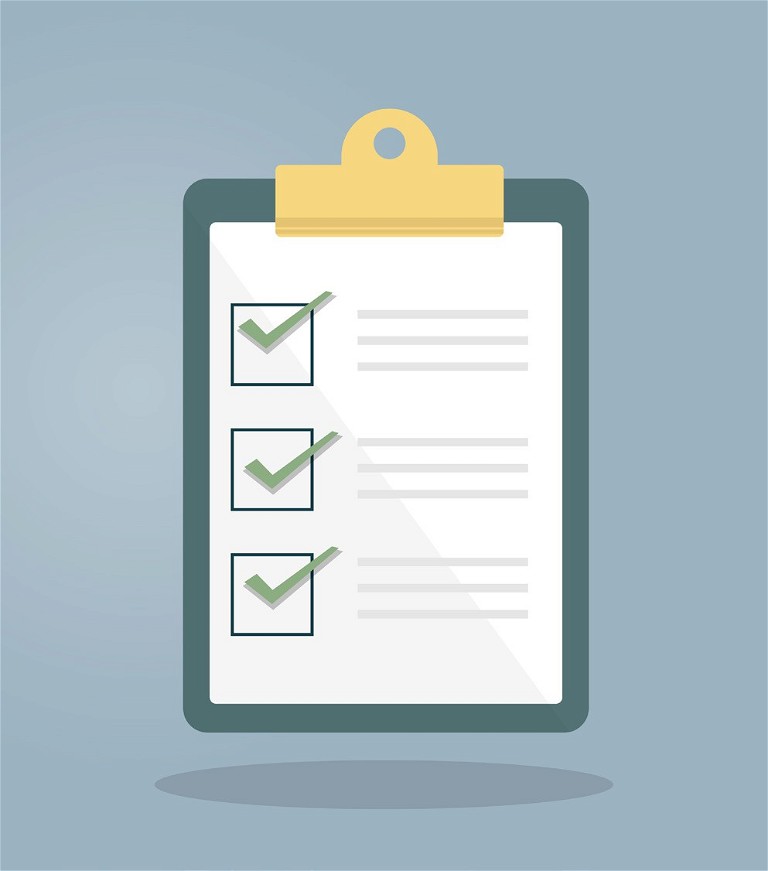Digital: Blockchain
The Burden of Proof – Implementing Blockchain in Life Sciences
Blockchain technology is fast becoming a mainstay in pharma companies. What is the draw for these companies to use it, and how can it help improve data collection and protection in the future?
Ronen Vengosh at Egnyte

For highly regulated industries such as life science, blockchain technologies are emerging as a compelling solution for a range of important use cases. From clinical trials and supply chain management, to assuring document authenticity and financial transactions, blockchain brings huge potential to solve a range of long-standing, industry-specific challenges.
But what is blockchain technology, and how does it work?
In simple terms, a blockchain is a distributed ledger, akin to a book of immutable records, that is readable by anyone but cannot be modified; once a transaction is recorded on the blockchain, it cannot be reversed or tampered with. As a result, a blockchain acts as the foundation for immutable ledgers, which explains why the technology is also referred to as distributed ledger technology (DLT).
Today, most people who have encountered blockchain are likely to have seen it in the context of cryptocurrencies – the application for which it was invented. The blockchain that sits behind Bitcoin, for example, maintains a complete record of every transaction. However, in a more general sense, blockchain enables value to be transferred online without the need for a ‘middleman’ such as a credit card company or a bank.
Types of Blockchain Networks
The main types of blockchain networks used today include:
- Public blockchains: These operate with no central authority, and anyone can participate as long as they have internet access
- Private blockchains: These are established, restricted environments and are under the control of a single entity, such as on a closed network or within a company
- Hybrid blockchains: This type of blockchain combines permission-based and permission-less systems, enabling organisations to control and access data stored on the blockchain and what is made publicly available
- Consortium blockchains: These are also referred to as federated blockchains. They offer public and private features and are operated by multiple organisation members who collaborate via a decentralised network
When building a blockchain-based service, data on public blockchains is visible to anyone and could suffer from throughput issues, which may not be desirable for life science enterprises. Conversely, private blockchains are owned by a group of companies; they address the problems with public blockchains, but at the same time also exist on a much smaller network of nodes.
As blockchain technologies are in flux and new alternatives frequently emerge, solutions need to be flexible enough to leverage different blockchain technologies. While some solutions use Ethereum as the main blockchain, for example, having the flexibility to switch to an alternative remains important.
In general terms, thanks to this inherent flexibility, blockchain offers a range of advantages over centralised legacy systems. For instance, because blockchain is encrypted and decentralised, it is much more difficult for cybercriminals or nation-state adversaries to instigate successful cyber-attacks. This sits in contrast to traditional technologies, where any single point of failure makes them significantly more vulnerable.
It’s capabilities such as these that are driving major growth in the adoption of blockchain across a wide range of sectors – life science included. According to recent industry research, the global blockchain market reached a value of over $4.5 billion last year and, looking ahead, is predicted to grow at a rate of nearly 60% between 2022 and 2028 to a value approaching $120 billion.

Photo: on Freepix
Assuring Document Validity
Within the life science sector, assuring the validity of documents is crucial, with organisations across the world focused on creating, storing, and sharing indisputable, auditable proofs of their most valuable document sets.
In particular, the onus is on providing irrefutable evidence that the lineage and integrity of crucial documents are fully available – typically, this requires building implicit trust in centralised systems and audit processes. The challenge is that this framework runs counter to the current trend of using decentralised value chains.
For instance, a biotech company might need to ensure the documents sent by a Contract Research Organisation (CRO) haven’t been modified. However, they may need to achieve this aim without relying solely on the CRO’s bookkeeping. Similarly, there are many organisations across the industry that need to validate their documents for drug trials and companies working on major development projects that need to make traceable processes.
Ideally, these companies wouldn’t have to rely on a central authority, and the continuing emergence of blockchain technologies offers a solution that could meet their needs in an effective, secure, and affordable manner.
For organisations focused on assuring the validity of documents during their lifecycle, blockchain is applicable at vital points in the document authenticity and audit process. For instance, users of today’s most advanced blockchain-powered systems are able to timestamp documents – creating a permanent record on the blockchain with cryptographic proofs. This creates a dynamic digital record of authorship and allows any authorised party to inspect and validate the document as it is certified, without implicitly trusting the vendor statement.

Photo: on Freepix
Anytime, Anywhere
Ideally, authorised users should be able to validate documents at any time by downloading each document from the relevant store and its committed hash from the blockchain. From there, supporting technologies can then independently verify that the committed hash is the same as the computed hash of the downloaded document.
For GxP compliance, for example, a company is required to record the state of the documents using checksums periodically. Using cryptographically strong checksums to handle audits is important, but the process can be extended further by enabling any authorised party to query the blockchain and verify the state of these audit records independently at any time.
Quantity and Quality
In addition, since existing blockchains suffer from poor throughput and have high transaction costs that limit their applicability for fine-grained records, technologies must be designed so they can effectively manage batch transactions. This necessitates an approach that allows individual users to timestamp different types of documents and preserve confidentiality while keeping costs down and maintaining consistent commit times.
There’s no doubt that implementing blockchain within the life science sector to address the shortcomings of legacy technologies is attracting the attention of an increasing number of organisations. Indeed, with a growing emphasis on information technology, security, and the need to protect valuable electronic assets and preserve data integrity have never been more important.
As a recent study pointed out, “Although disruptive blockchain technology cannot be adopted, implemented, and solve... existing issues overnight, we believe that pharmaceutical and biotech scientists, research institutions, pharmaceutical manufacturers, government authorities, and public health systems will be the major beneficiary of its adoption in the long run” (1).
Coupled with the challenges of working with regulatory bodies and the economic and social difficulties seen in recent years, its broader adoption is likely to accelerate. As a result, organisations are focusing on a win-win of better compliance capabilities powered by technology solutions that are more powerful, cost-effective, and secure than what has come before.
References
1. Visit: www.sciencedirect.com/science/article/abs/pii/S135964462200040X

Ronen Vengosh is VP, Life Sciences and AEC at Egnyte, where he is responsible for the company’s technology ecosystem, strategic partners, and corporate development. Ronen is a Silicon Valley veteran and has over 20 years’ experience brokering deals with some of the most successful technology companies in the world. He previously held senior business development and alliances positions at PureWave Networks, Alvarion, and Intellinote. Ronen holds a law degree from Tel Aviv University, Israel, and an MBA from the Anderson School of Management at UCLA, US. Earlier in his career Ronen practiced corporate law at Fischer, Behar, Chen & Co.